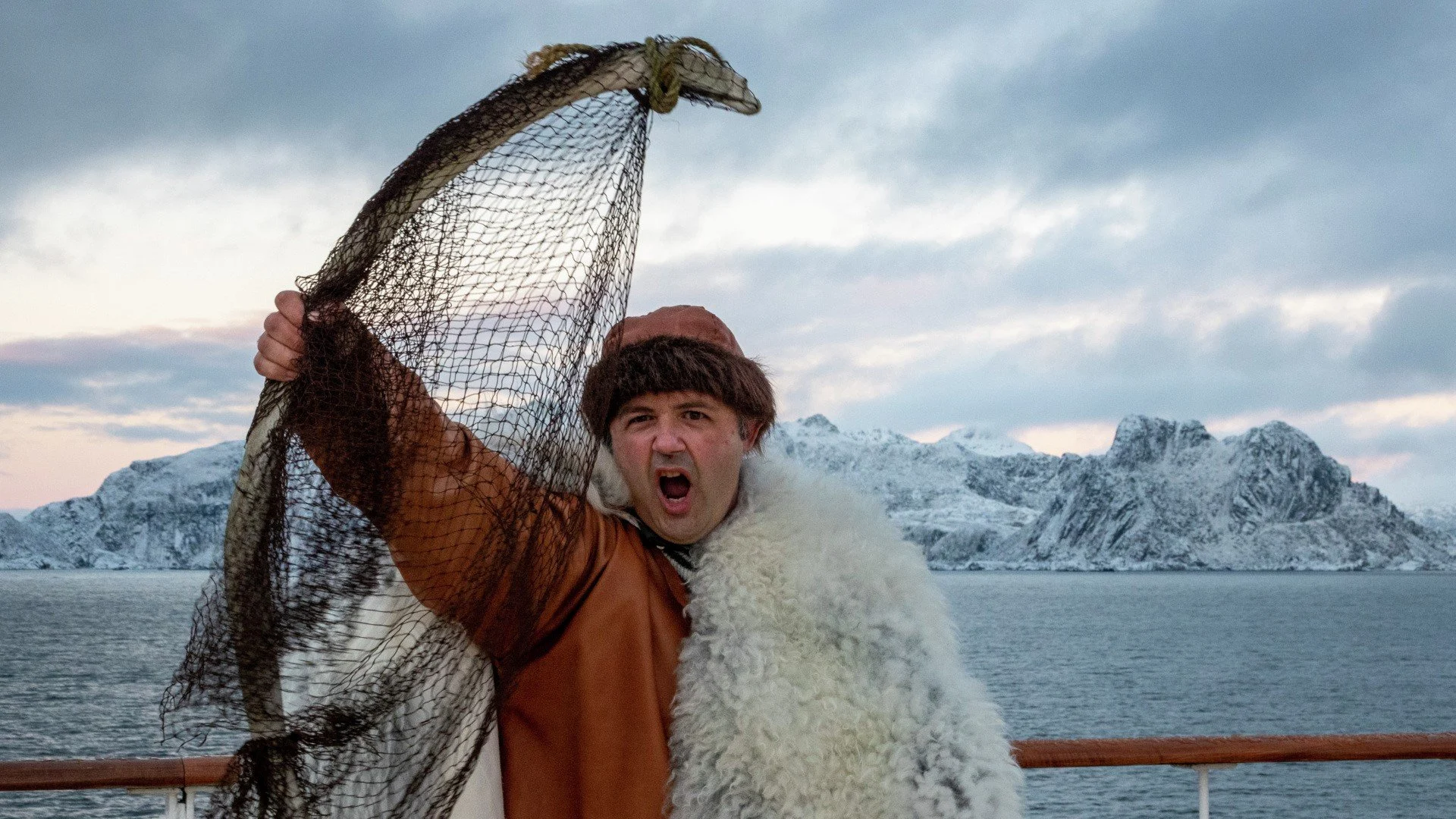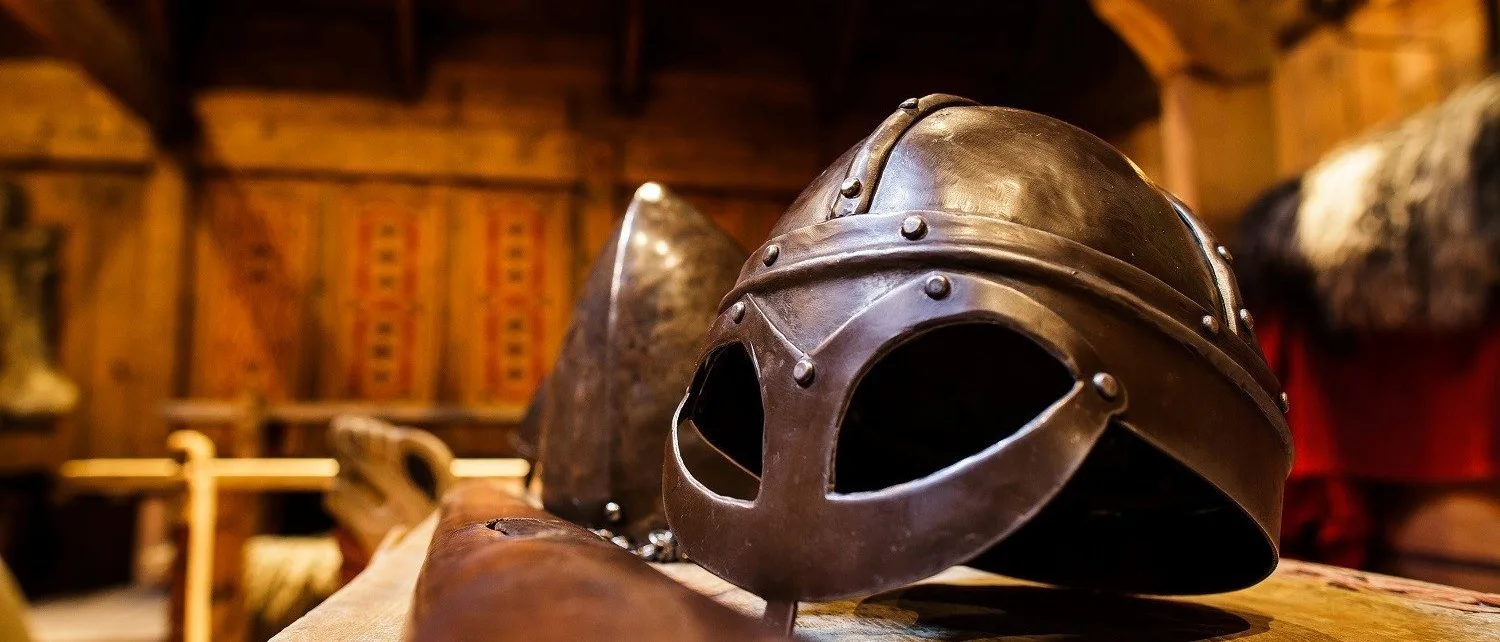
Viking History, Culture, and Traditions in Norway
If you’re planning a visit to Norway, learning more about our country’s Viking heritage could help to turn your trip into a fully-fledged adventure. Here are some things you might not know about the Vikings of Norway.
The helmets. The beards. Pints upon pints of mead. Few periods in history are as iconic as the Viking Age. Dominating one of the most fascinating and pivotal periods in human history, we still have a lot to learn about their unique way of life.
If you’re planning a visit to Norway with us, learning more about our country’s Viking heritage could help to turn your trip into a fully-fledged adventure. Feeling inspired? Here are some things you might not know about the Vikings of Norway.
But first, what is a Viking?
Originally used as a verb to describe the act of raiding, ‘Viking’ eventually became a term to describe the men taking part. Vikings were a group of seafaring warriors who set sail on expeditions to raid and colonize great parts of Europe.
Hailing largely from Scandinavian countries like Norway, Sweden, and Denmark, the raids were said to be triggered by overpopulation at home, and the opportunity to gain untold riches.
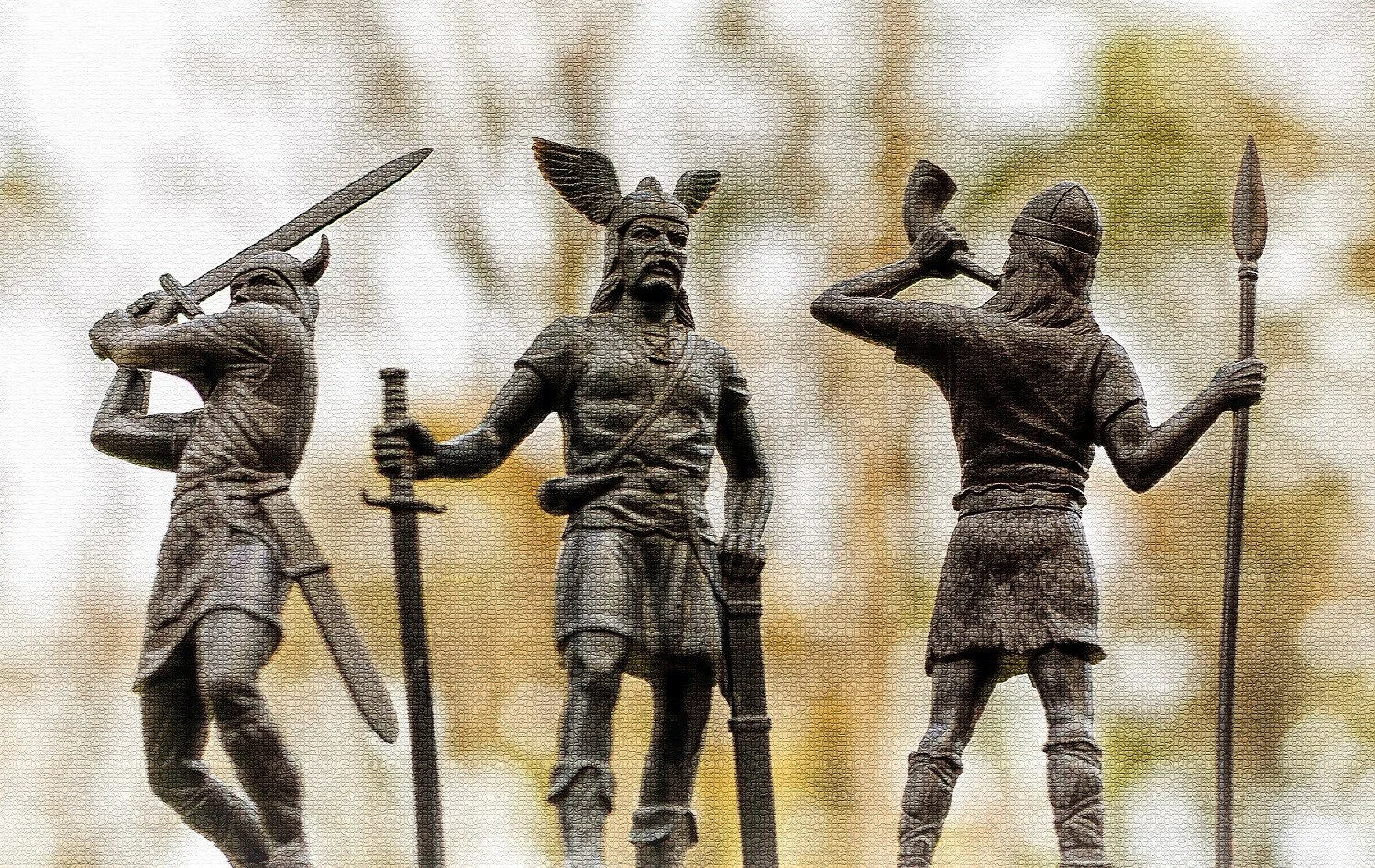
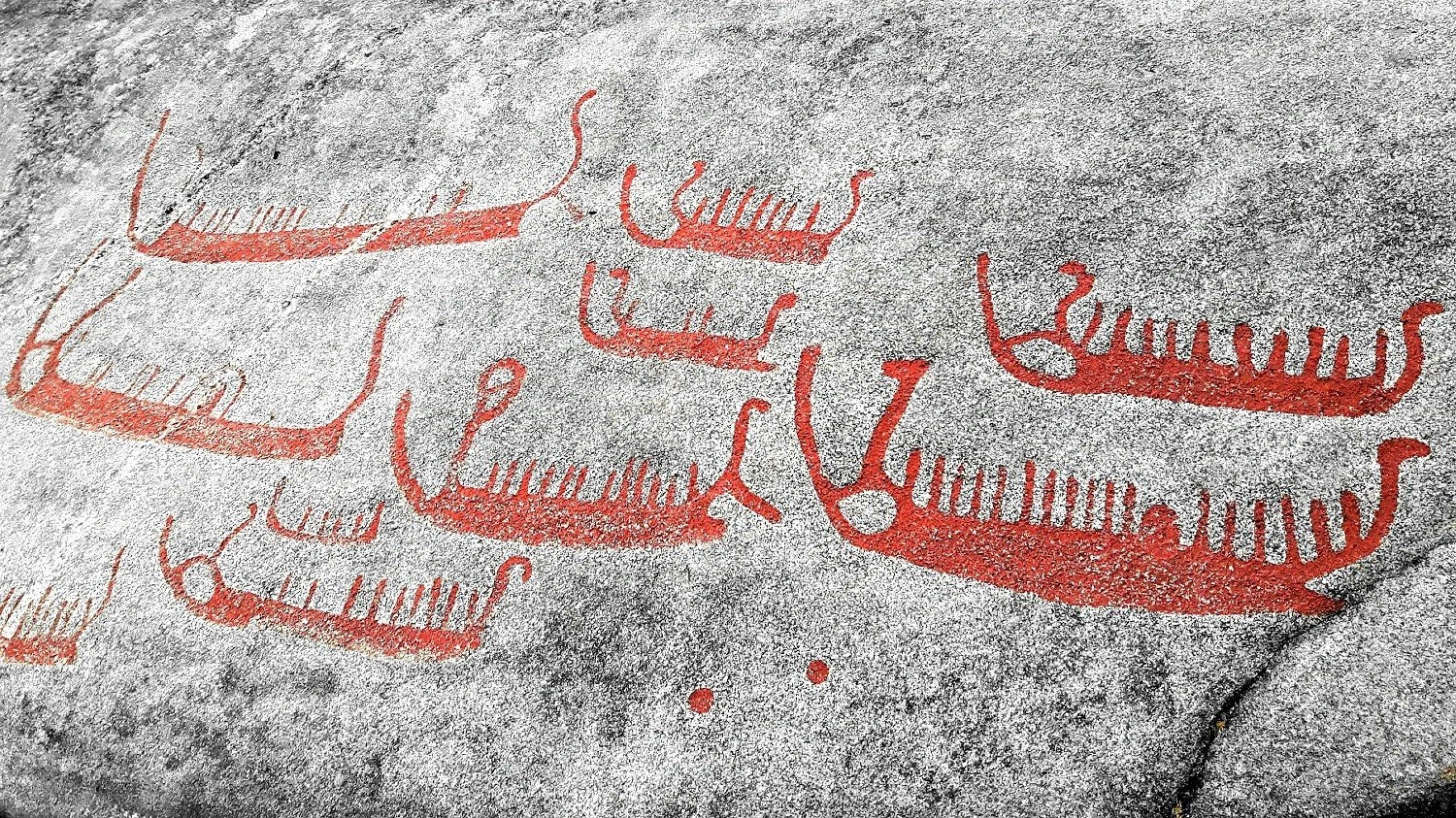
Vikings were masters of trade and travel
While perhaps best known as highly skilled warriors, Vikings also had a wealth of trade expertise on their side. They picked up a strong understanding of how to navigate the seas and use the ocean to their advantage, helping them reach civilizations that were previously out of reach.
They came to understand the value of goods like furs, amber, and iron, and in return acquired valuable commodities like spices, silks, and precious metals. Eventually, their reach extended to areas as distant as Constantinople and Baghdad.
Vikings were incredibly hygienic
When you think of Vikings, the last thing you think about is good hygiene. After all, a group of murderous men huddling together on one boat doesn’t paint the cleanest picture. However, after exploring some Viking sites, historians were able to find primitive tweezers, razors, and combs made from animal bones.
Historic accounts also indicate they bathed at least once a week, which is actually good by the standards of the time.
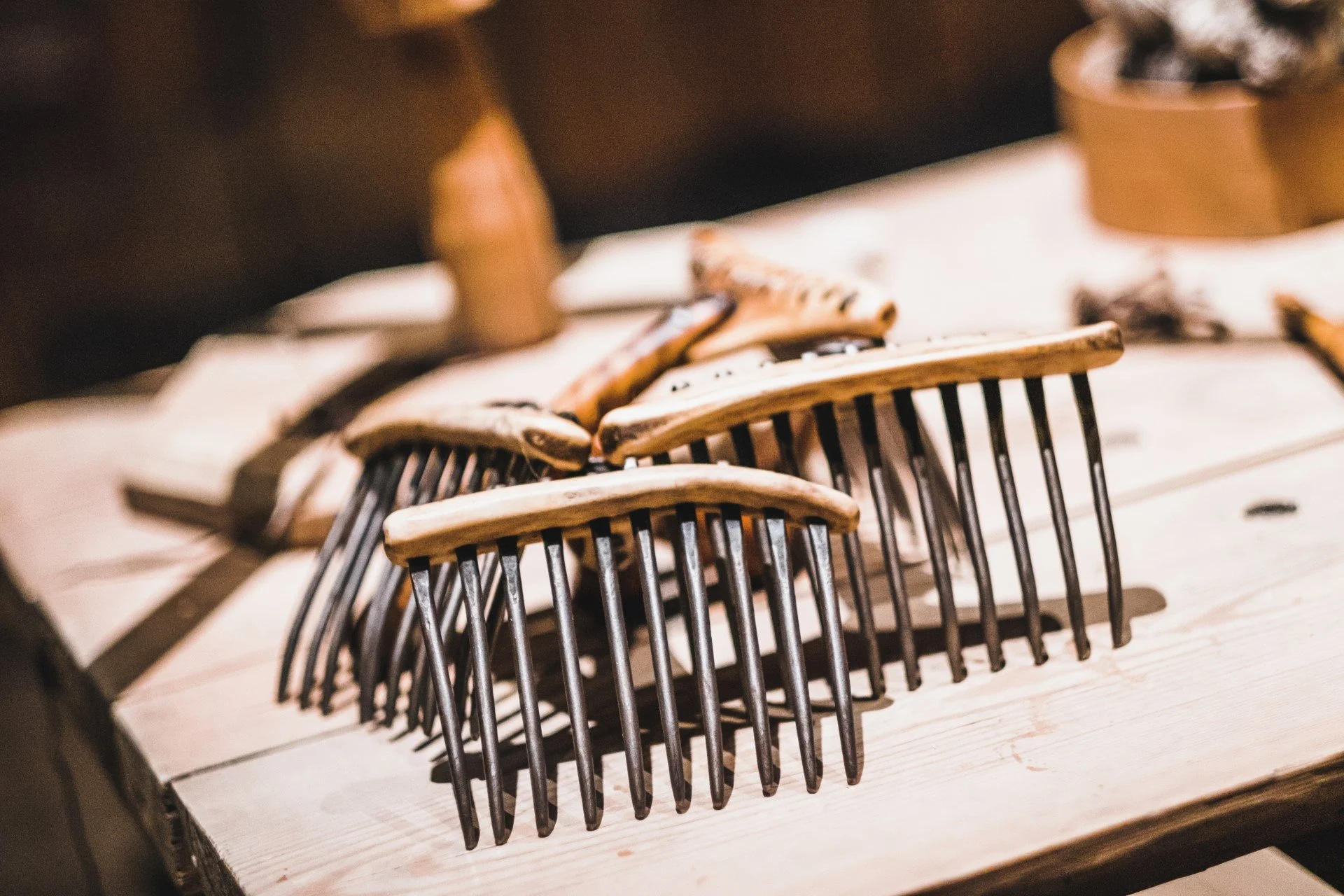

They may not have worn horned helmets
For most people, the first thing associated with Vikings is a group of bearded men running into battle wearing horned helmets. However, the reality might have been far less cinematic.
While Vikings definitely wore helmets, one of the few authentic Viking helmets discovered was hornless. It seems more likely that it was 19th-century painters who started featuring the horn in their depictions of Vikings, more for dramatic effect than historical accuracy.
They were inspired by Norse mythology
The Viking Age has some of the most popular imagery in human history, but did you know their culture was inspired by Norse mythology? Looking up to gods and goddesses like Odin, Thor, and Freya, Norse mythology helped to sculpt the entire Viking worldview.
The Vikings believed warriors who died bravely in battle were granted a special place in the grand halls of Valhalla to enjoy an afterlife filled with feasting and glory.

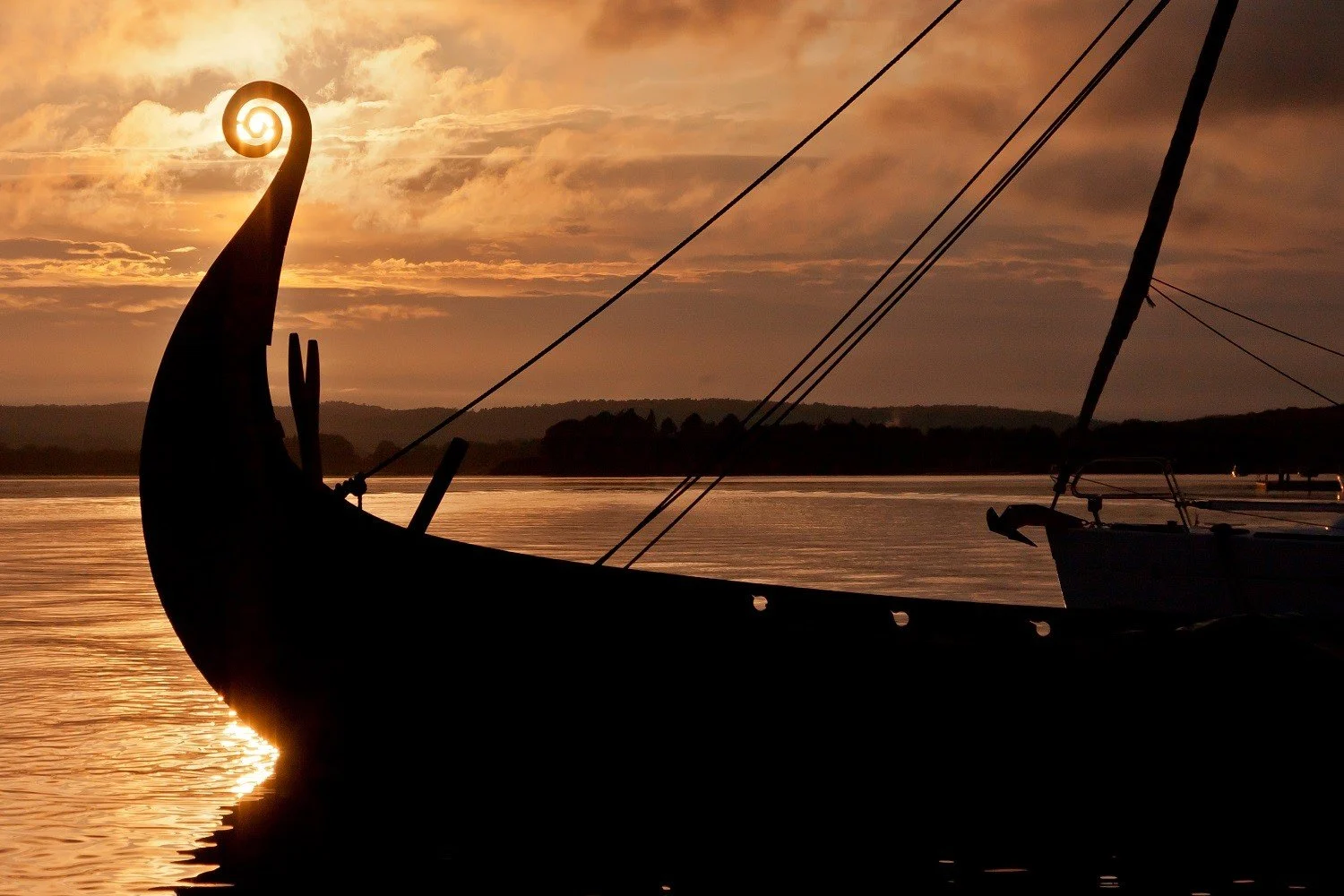
Vikings buried their dead in boats
Vikings didn’t just use boats for raiding and pillaging - they also played a key role in burying the dead. Based on Norse religion, Vikings believed that valiant warriors entered the glorious realm of Valhalla after an honorable demise.
To guarantee safe passage, they believed that boats were the perfect vessels to transfer their fallen friends into the afterlife. High-ranking Vikings and important women were even granted the prestige of being laid to rest with their weapons, valuables, and sometimes sacrificed slaves.
Not all Vikings were violent
You might think of the Vikings as a violent group of raiders who pillaged communities first and asked questions later. But a vast number of Vikings had more peaceful pastimes, like trading and crafting intricate goods. In fact, most Vikings were farmers who were more drawn to sowing barley and oats than to lifting heavy weaponry.
A peaceful Viking? Who would’ve thought! Better yet, our Meet the Vikings excursion in winter or summer lets you experience just how the Vikings lived!
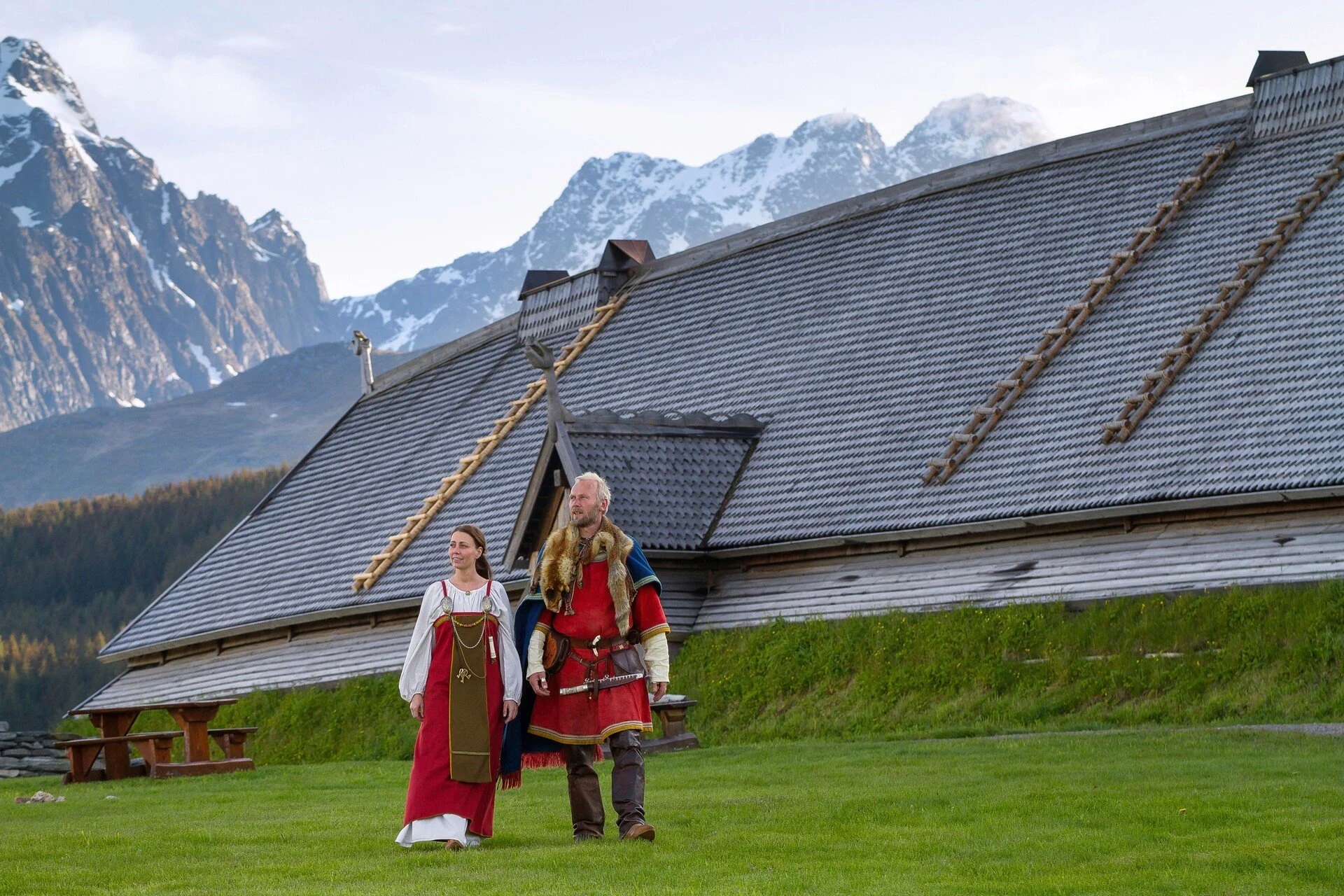
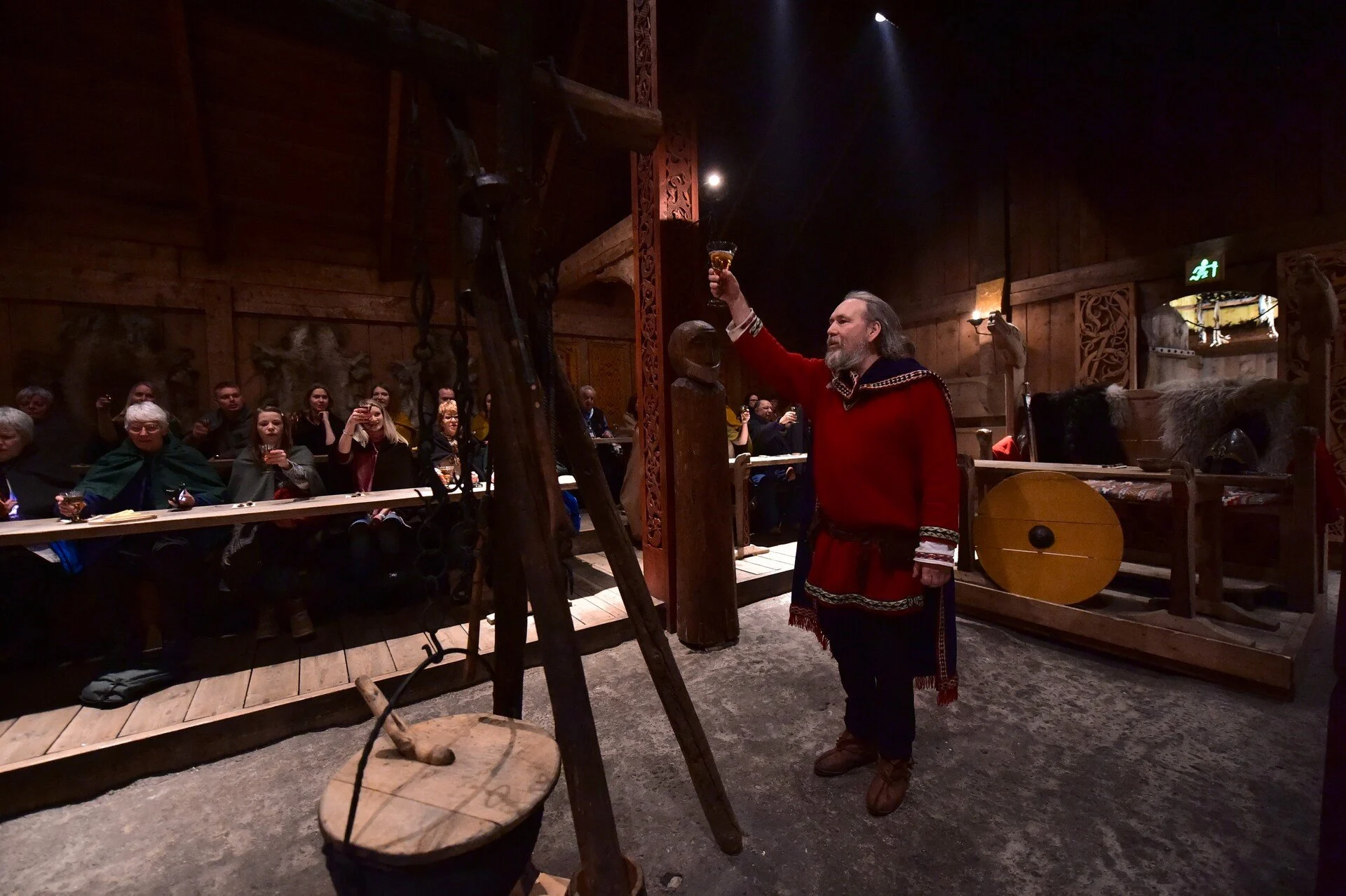
Vikings loved to ski
Before skiing became a great holiday activity in the present day, it used to be the go-to pastime for Vikings. Archaeological evidence showed rudimentary skis existed as far back as 6000 years ago in Scandinavia, becoming well established in the Viking Age. Skiing became a convenient way to get around, a clever way to hunt, and a great source of entertainment.
Vikings were so enthusiastic about skiing that they even worshiped at the feet of the God of Skiing, Ullr. In fact, on our winter Meet the Vikings excursion, you can experience an authentic Viking ritual where you’ll also toast to the gods!
Discover Norway with Hurtigruten
Want to sail in the wake of fearless Vikings? On a Hurtigruten Norwegian coastal voyage, you can travel by sea as the Vikings once did, discovering stunning natural scenery and dazzling fjords along the way. See our Norwegian voyages to set sail on a journey you’ll never forget.
